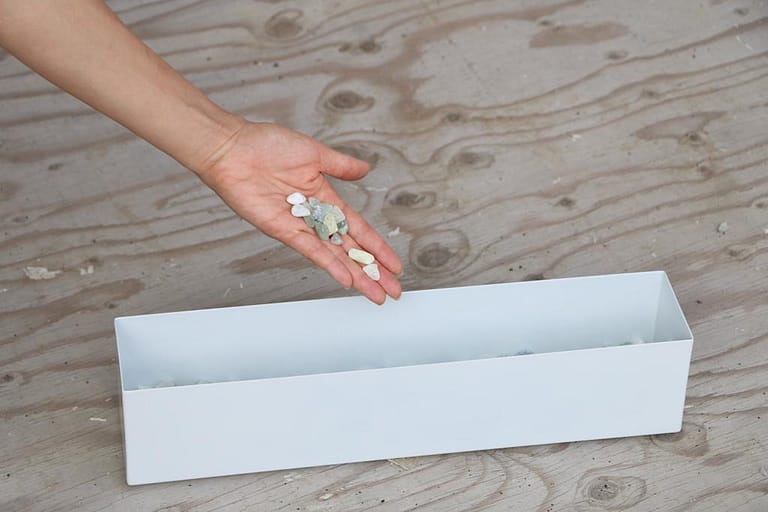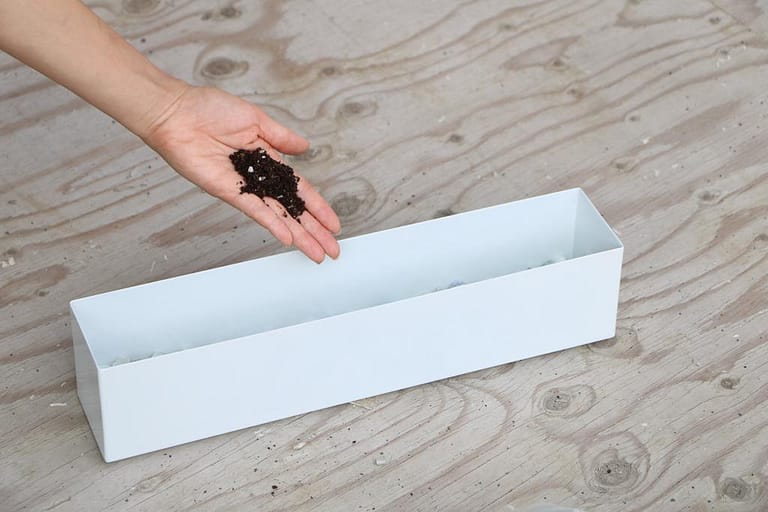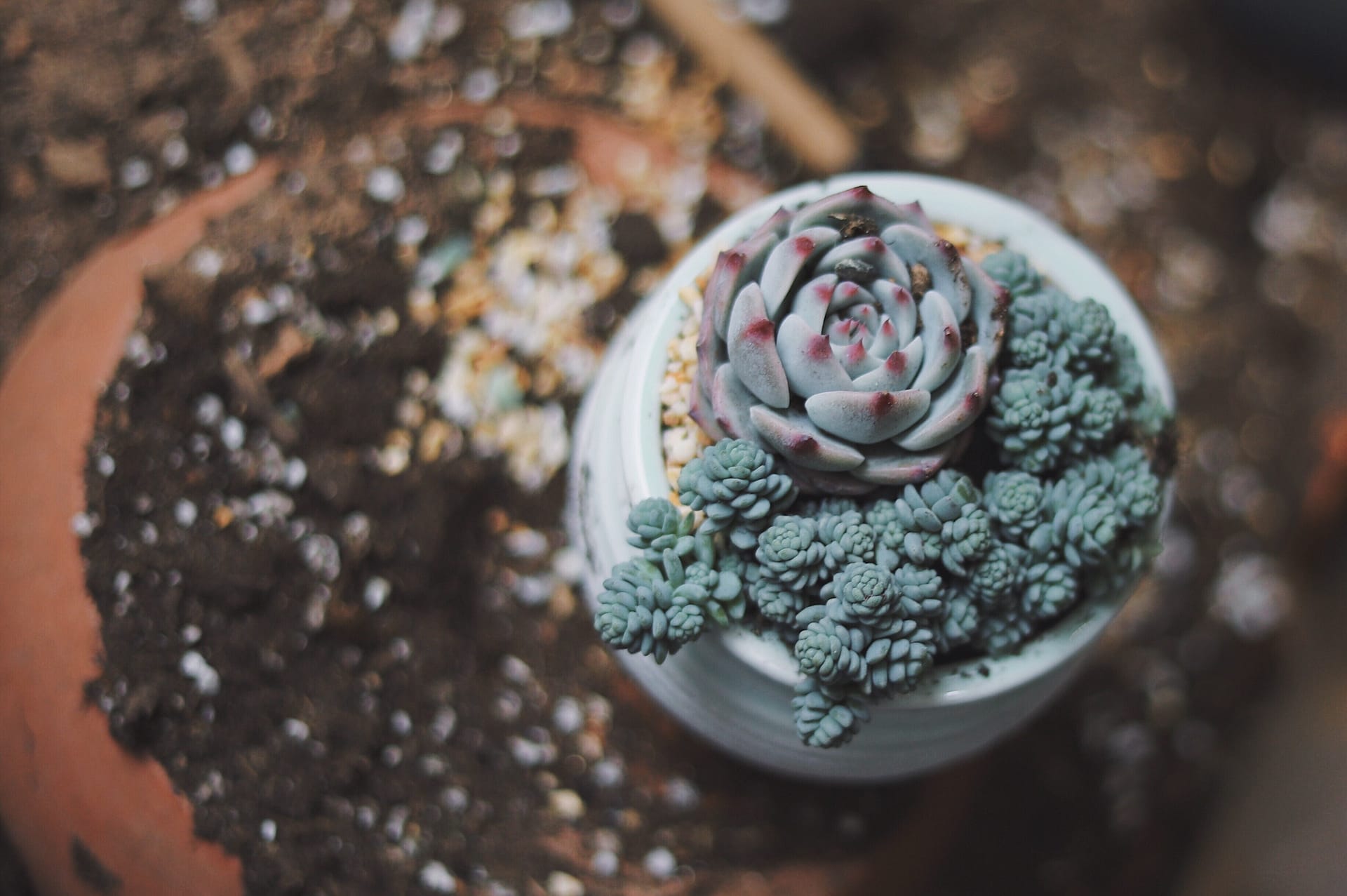Whether your plants are indoor or outdoor, a proper drainage system is an essential element to ensure your plants stay healthy and prosper.
But then again, is it possible to keep your plant in a pot or planter without a drainage system? Yes, but with caution.
So why the drainage system?
Think of it this way, every drop that you add into the pot is going to stay in there. What happens to the excess water when we overwater the plant? The water will gather at the base of the plant and cause the roots to drown. In turn bacteria and fungi will grow causing your plant to die.
By creating a drainage system, the extra layer will act as a median to allow the roots to breathe in case of overwatering.
HERE’S WHAT YOU NEED:
- Pebbles or rocks
- Coffee filters
- Potting Soil
You can purchase these supplies online from Amazon or your local convenient/garden store.
Step 1: Place a layer of pebbles or rocks into the bottom of your planter.

Step 2: Add a coffee filter on top of the layer of rocks. You may have to use multiple coffee filters and cut them into shape to cover the space entirely. The filters will help prevent the soil from getting down into the rocks while you’re planting. Please note that the filters will deteriorate through time, but by then the soil and roots will be much more established.

Step 3: Add some potting soil and plant!

Congratulations! You have now successfully created the proper drainage system for your plants. Just add water and watch as your plants grow. Please note that you do not want to overwater or underwater your plants.

Overwatering Symptoms
You can tell a plant is overwater when the base of the stem begins to feel soft and mushy. The plant will also start to emanate a rotten odor due to the roots of the plant starting to rot. Leaves will start to fall off or they will start to change color. If the first couple of inches of the soil is still moist, you will not have to water the plant.
Underwatering Symptoms
You can tell a plant is underwater when the leaves start to change brown and the edge of the leaf is dry. Much like the overwater plant, leaves will also begin to fall off. You will notice that the leaves closer to the base of the plant will be the first to begin to brown and yellow. Check the first two inches of the soil and determine if it is moist. If it is not, then add water to the planter.
As always, when buying a new plant, always ask a local greenhouse or garden center for proper care instructions.
Note: Pots without drainage holes should never be used outdoors where your plant will get rained on because you have no way of regulating the amount of water your plant receives
If you have any more specific questions about this method, leave a comment below. Don’t forget to tag us on Instagram to show us what you’ve come up with—happy planting!
For addition information, here are some videos for your reference:
How to Plant a Container with no Drainage Holes
https://www.youtube.com/watch?v=B9VOs-zjruc
4 ways to keep your house plants alive + thriving

